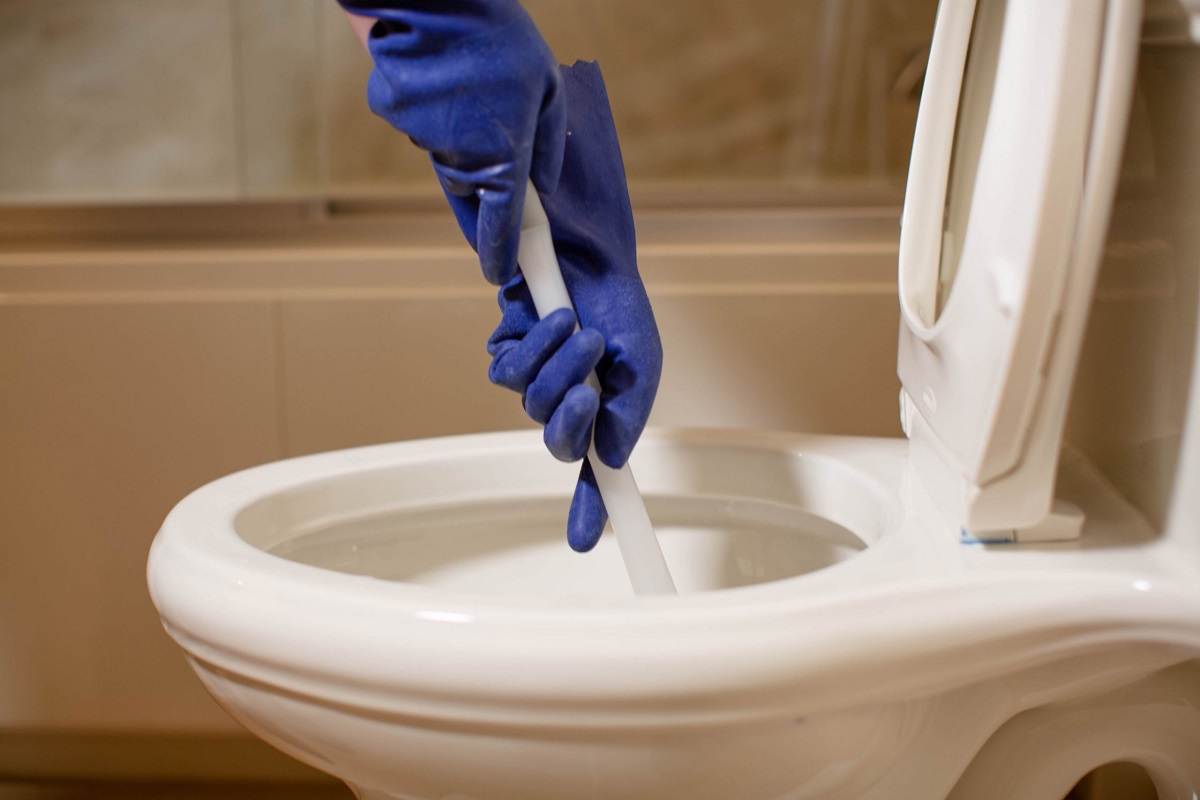

Articles
How To Clear Clogged Toilet
Modified: February 11, 2024
Learn effective techniques to clear a clogged toilet with these informative articles. Get expert tips and tricks to unclog your toilet quickly and efficiently.
(Many of the links in this article redirect to a specific reviewed product. Your purchase of these products through affiliate links helps to generate commission for Storables.com, at no extra cost. Learn more)
Introduction
Clogged toilets can be a frustrating and inconvenient problem to deal with. When a toilet is clogged, it can cause water to overflow and create a mess. It is important to address a clogged toilet promptly to prevent further damage and restore its functionality.
Understanding the common causes of toilet clogs and learning how to clear them can help you effectively resolve the issue. This article will provide you with a step-by-step guide on how to clear a clogged toilet, as well as alternative methods and preventive tips to avoid future clogs.
Whether it’s a minor blockage or a stubborn clog, you can use the methods outlined in this article to efficiently and safely clear your clogged toilet. So, let’s dive in and learn how to tackle this common household problem!
Key Takeaways:
- Clearing a clogged toilet is manageable with the right tools and methods. From plungers to alternative solutions, this guide equips you to tackle the issue effectively and prevent future clogs.
- Prevention is crucial in avoiding toilet clogs. By practicing proper toilet paper usage, regular maintenance, and educating on proper toilet etiquette, you can minimize the chances of encountering a clogged toilet.
Read more: How To Clear A Clogged Toilet With A Plunger
Common Causes of Toilet Clogs
Toilet clogs can occur due to various reasons. Understanding the common causes can help you prevent future blockages and take necessary precautions. Here are some of the most common causes of toilet clogs:
- Excessive Toilet Paper: One of the main culprits behind toilet clogs is the excessive use of toilet paper. Using too much toilet paper at once can overwhelm the toilet’s drainage system and cause a blockage.
- Foreign Objects: Accidentally dropping items into the toilet, such as baby wipes, sanitary products, dental floss, or small toys, can lead to a clogged toilet. These objects do not break down easily and can get stuck in the pipes.
- Hard Water Deposits: If your toilet is supplied with hard water, mineral deposits can accumulate over time and create a buildup inside the pipes. This buildup can eventually cause blockages in the toilet.
- Flushable Wipes: While marketed as flushable, some flushable wipes do not break down efficiently and can cause clogs. It is best to dispose of them in the trash to prevent toilet clogs.
- Low-Flow Toilets: Low-flow toilets are designed to conserve water. However, their reduced water flow can sometimes lead to weaker flushing power and inefficient removal of waste, resulting in clogs.
- Tree Roots: In some cases, clogged toilets can be caused by tree roots that have infiltrated the sewer lines. These roots can block the flow of waste and cause backup, leading to toilet clogs.
By being aware of these common causes, you can take proactive steps to avoid toilet clogs in the first place. However, if you do encounter a clog, don’t worry! The next section will guide you through the steps to clear a clogged toilet effectively.
Tools and Supplies Needed
Before you begin clearing a clogged toilet, it’s important to gather the necessary tools and supplies. Having these items on hand will make the process smoother and more efficient. Here is a list of the tools and supplies you will need:
- Plunger: A plunger is the most commonly used tool for clearing toilet clogs. Make sure you have a high-quality plunger with a flange or extension to create a proper seal around the drain opening.
- Toilet Auger: Also known as a toilet snake or closet auger, a toilet auger is a handy tool for removing stubborn clogs. It consists of a long, flexible shaft with a corkscrew-like end that can break up and remove blockages deep within the toilet drain.
- Gloves: To protect your hands from any potential mess or bacteria, it’s recommended to wear disposable gloves when handling a clogged toilet.
- Bucket: A bucket is useful for removing excess water from the toilet bowl before attempting to clear the clog. It can prevent potential overflow and make the process cleaner.
- Hot Water: In some cases, pouring hot water into the toilet bowl can help dissolve minor clogs. Make sure the water is hot but not boiling to avoid any damage to the toilet.
- Optional: Vinegar and Baking Soda: If you prefer a more natural approach, you can use vinegar and baking soda to help break down the clog. These household items have mild cleaning and deodorizing properties.
Having these tools and supplies readily available will make it easier for you to clear a clogged toilet. Now that you’re prepared, let’s move on to the step-by-step guide on how to clear a clogged toilet effectively.
Step-by-Step Guide to Clear a Clogged Toilet
Clearing a clogged toilet doesn’t have to be a daunting task. With the right approach and tools, you can effectively unclog your toilet and restore its functionality. Follow these step-by-step instructions:
- Assess the Situation: Before you begin, assess the severity of the clog. If the water level in the toilet bowl is high and close to overflowing, you’ll need to remove some water using a bucket to prevent a mess.
- Put on Gloves: To protect your hands, put on a pair of disposable gloves. This will help maintain hygiene and minimize contact with any potential bacteria.
- Use a Plunger: Place the plunger directly over the drain opening in the toilet bowl. Ensure that the plunger forms a tight seal. Apply steady and firm pressure, and begin plunging up and down vigorously. Repeat this motion several times until you feel the clog start to loosen and the water starts to drain.
- Flush the Toilet: After plunging, carefully flush the toilet to see if the clog has been cleared. If the water drains away freely, the clog is likely cleared. If not, you may need to repeat the plunging process a few more times.
- Try a Toilet Auger: If the plunger doesn’t fully clear the clog, you can try using a toilet auger. Insert the auger into the toilet drain and carefully turn the handle clockwise to maneuver the auger through the drain and break up the clog. Continue to spin the auger until you feel it meet resistance.
- Flush Again: Once you’ve used the toilet auger, flush the toilet to check if the clog has been completely cleared. If the water drains away easily, congratulations! You’ve successfully cleared your clogged toilet. If the issue persists, you may need to try alternative methods or contact a professional plumber for assistance.
Remember to exercise caution when using tools inside the toilet bowl to avoid scratching the porcelain. If the clog persists or you’re unsure about handling the situation, it’s best to seek professional help.
Now that you know how to clear a clogged toilet using plungers and toilet augers, let’s explore some alternative methods you can try if the conventional methods don’t work.
Use a plunger to try and clear the clog. Make sure there is enough water in the bowl to cover the plunger, and use a vigorous up-and-down motion to create suction and dislodge the blockage. If the plunger doesn’t work, try using a toilet auger to break up and remove the clog.
Alternative Methods for Unclogging a Toilet
If the traditional methods of plunging and using a toilet auger didn’t completely clear your clogged toilet, don’t panic. There are alternative methods you can try before calling a plumber. Here are some additional methods that may help:
- Hot Water and Dish Soap: Bring a pot of water to a near-boil and add a few tablespoons of dish soap. Carefully pour the hot water and soap mixture into the toilet bowl. Allow it to sit for a few minutes to help break down the clog. Then, attempt to flush the toilet and see if the clog clears.
- Baking Soda and Vinegar: Combine equal parts baking soda and vinegar in a measuring cup. Pour the mixture into the toilet bowl and let it sit for about 30 minutes. The chemical reaction between the baking soda and vinegar can help dissolve the clog. Afterward, flush the toilet to check if the clog is cleared.
- Clothes Hanger: Straighten out a wire clothes hanger and create a small hook at one end. Carefully insert the hooked end into the toilet drain and try to dislodge the clog by gently maneuvering the hanger. Be cautious not to push the clog further down the drain.
- Enzyme-based Cleaner: If you suspect that the clog is caused by organic matter, such as hair or waste buildup, you can try using an enzyme-based cleaner specifically designed for toilets. These cleaners contain enzymes that break down organic materials. Follow the instructions on the cleaner and give it time to work before attempting to flush the toilet.
- Caustic Soda: Caustic soda, also known as sodium hydroxide, can be an effective method for clearing stubborn toilet clogs. However, it should be used with caution as it is a strong chemical. Follow the manufacturer’s instructions carefully and wear protective gloves and goggles when handling it.
Remember, these alternative methods may not work in all situations, and it’s important to exercise caution when using chemicals or tools in your toilet. If you’ve tried multiple methods without success, it’s advisable to seek professional assistance to avoid further damage.
Now that you’ve learned various methods for unclogging a toilet, let’s focus on preventing future toilet clogs.
Read more: How To Clear Clogged Gutters
Preventing Future Toilet Clogs
Prevention is key when it comes to avoiding future toilet clogs. By implementing some simple habits and taking precautions, you can significantly reduce the likelihood of experiencing a clogged toilet. Here are some preventive measures you can follow:
- Proper Toilet Paper Usage: Use a reasonable amount of toilet paper each time you use the toilet. Avoid excessive use that could overwhelm the plumbing system. Consider using thinner or septic-safe toilet paper, which is designed to break down more easily.
- Dispose of Waste Properly: Only flush toilet paper and human waste down the toilet. Avoid flushing items such as baby wipes, paper towels, feminine hygiene products, dental floss, cotton balls, or any other non-flushable items. These can cause blockages and potential plumbing issues.
- Regular Maintenance: Perform regular maintenance on your toilet to keep it in good working condition. This includes checking for any leaks, inspecting the flushing mechanism, and ensuring that the water flow is adequate.
- Consider Upgrading to a Low-Flow Toilet: Low-flow toilets are designed to use less water per flush while maintaining effective waste removal. They can help prevent clogs and also conserve water.
- Teach Proper Toilet Etiquette: Educate family members, especially children, on proper toilet habits. Teach them to only flush toilet paper and waste and to avoid using the toilet as a garbage disposal.
- Regular Plumbing Inspection: Periodically have a professional plumber inspect your plumbing system to identify any potential issues or blockages. They can also provide maintenance recommendations to prevent future clogs.
By following these preventive measures, you can minimize the chances of encountering a clogged toilet in the future. Remember, being mindful of what goes into your toilet and ensuring regular maintenance can go a long way in maintaining a smoothly functioning bathroom.
Now that you have a comprehensive understanding of how to clear a clogged toilet and prevent future clogs, you’re well-equipped to handle this common household issue with confidence.
Conclusion
Dealing with a clogged toilet can be a frustrating experience, but with the right knowledge and tools, you can effectively clear the clog and restore your toilet’s functionality. By understanding the common causes of toilet clogs, such as excessive toilet paper use, foreign objects, and hard water deposits, you can take preventive measures to avoid future blockages.
Having the necessary tools handy, including a plunger, toilet auger, gloves, and a bucket, is crucial when it comes to clearing a clogged toilet. Following a step-by-step guide, which includes assessing the situation, using a plunger, and potentially utilizing a toilet auger, will help you tackle the problem effectively.
If the traditional methods don’t fully clear the clog, there are alternative methods you can try. These include using hot water and dish soap, baking soda and vinegar, a clothes hanger, or an enzyme-based cleaner. It’s important to exercise caution and consider professional assistance if needed.
Prevention is key in avoiding future toilet clogs. By practicing proper toilet paper usage, disposing of waste properly, conducting regular maintenance, considering low-flow toilet options, teaching proper toilet etiquette, and scheduling regular plumbing inspections, you can minimize the chances of experiencing a clogged toilet.
In conclusion, with the knowledge and tools outlined in this article, you are well-equipped to confidently and effectively clear a clogged toilet. Remember to exercise caution, be patient, and seek professional help if needed. A clogged toilet may be an inconvenience, but by following the steps and preventive measures mentioned, you can maintain a smoothly functioning bathroom and avoid unnecessary frustration.
Frequently Asked Questions about How To Clear Clogged Toilet
Was this page helpful?
At Storables.com, we guarantee accurate and reliable information. Our content, validated by Expert Board Contributors, is crafted following stringent Editorial Policies. We're committed to providing you with well-researched, expert-backed insights for all your informational needs.
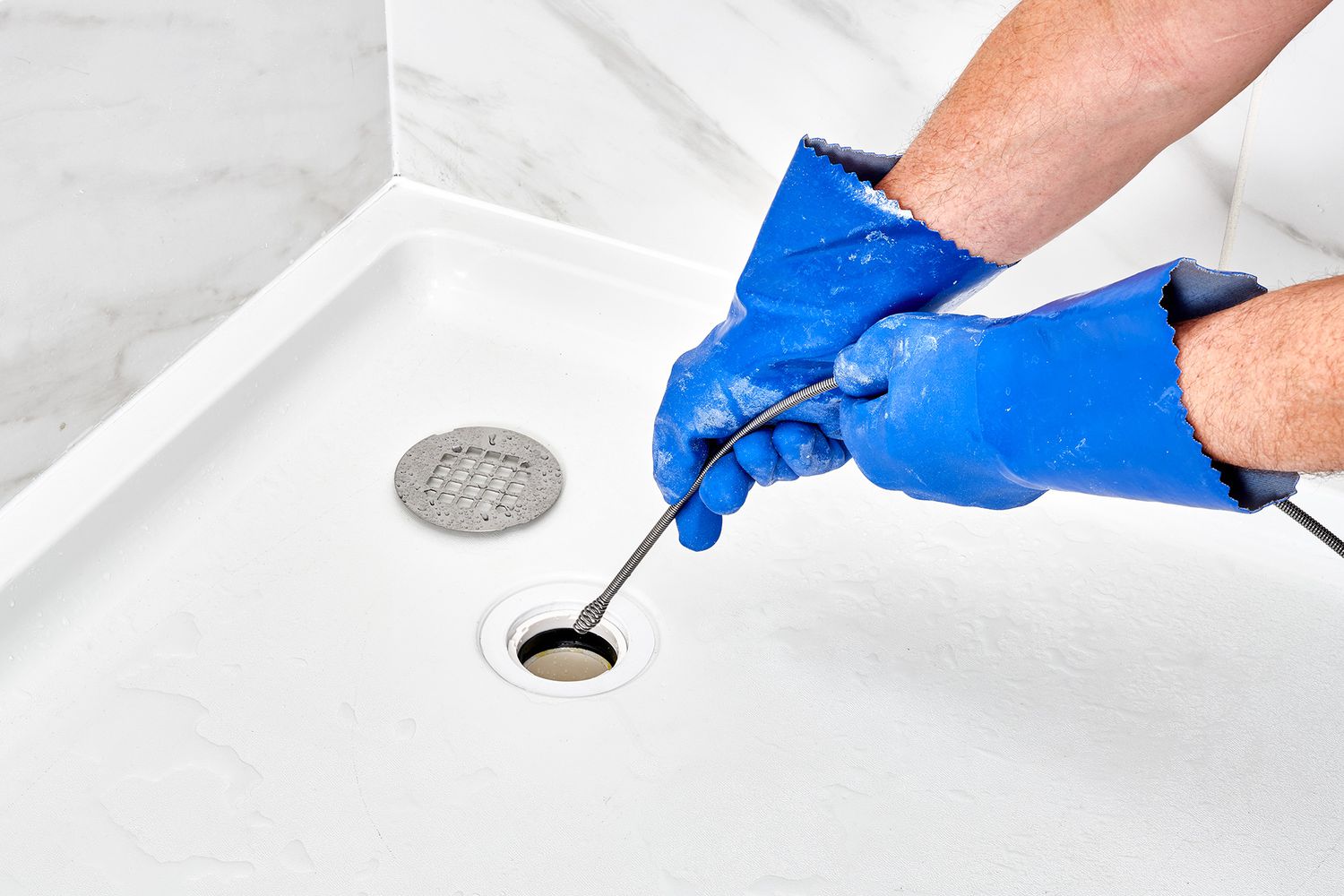
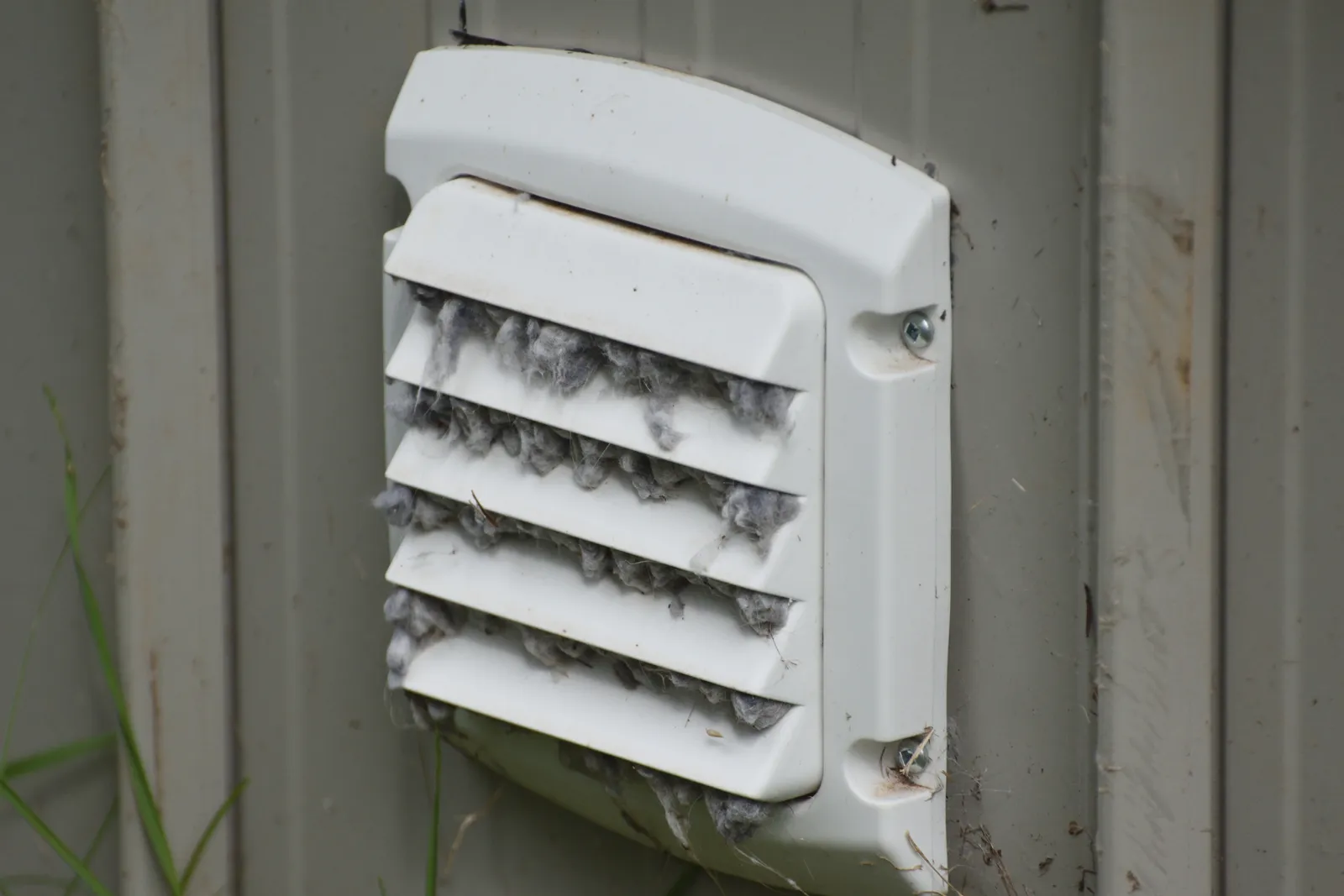
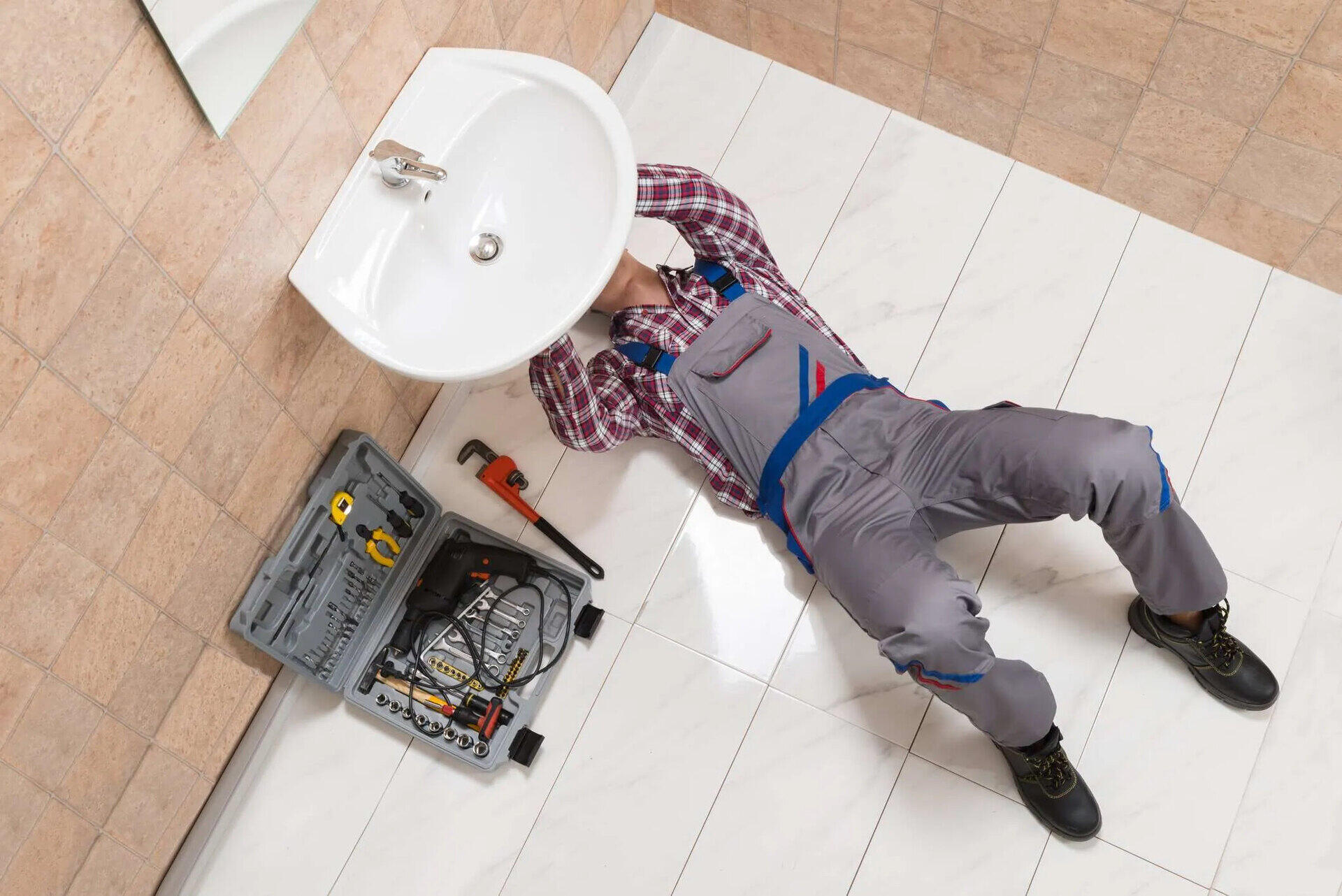
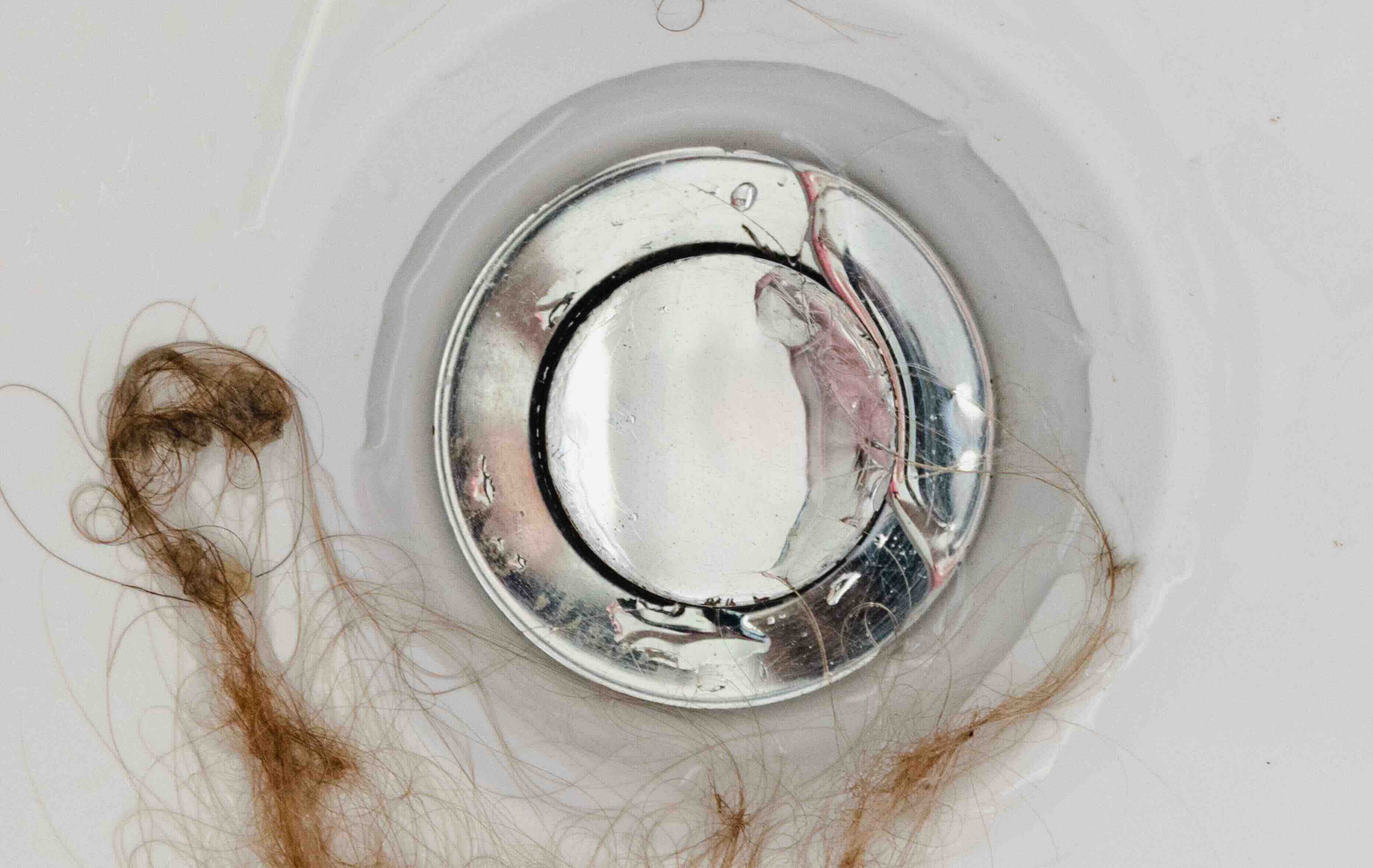
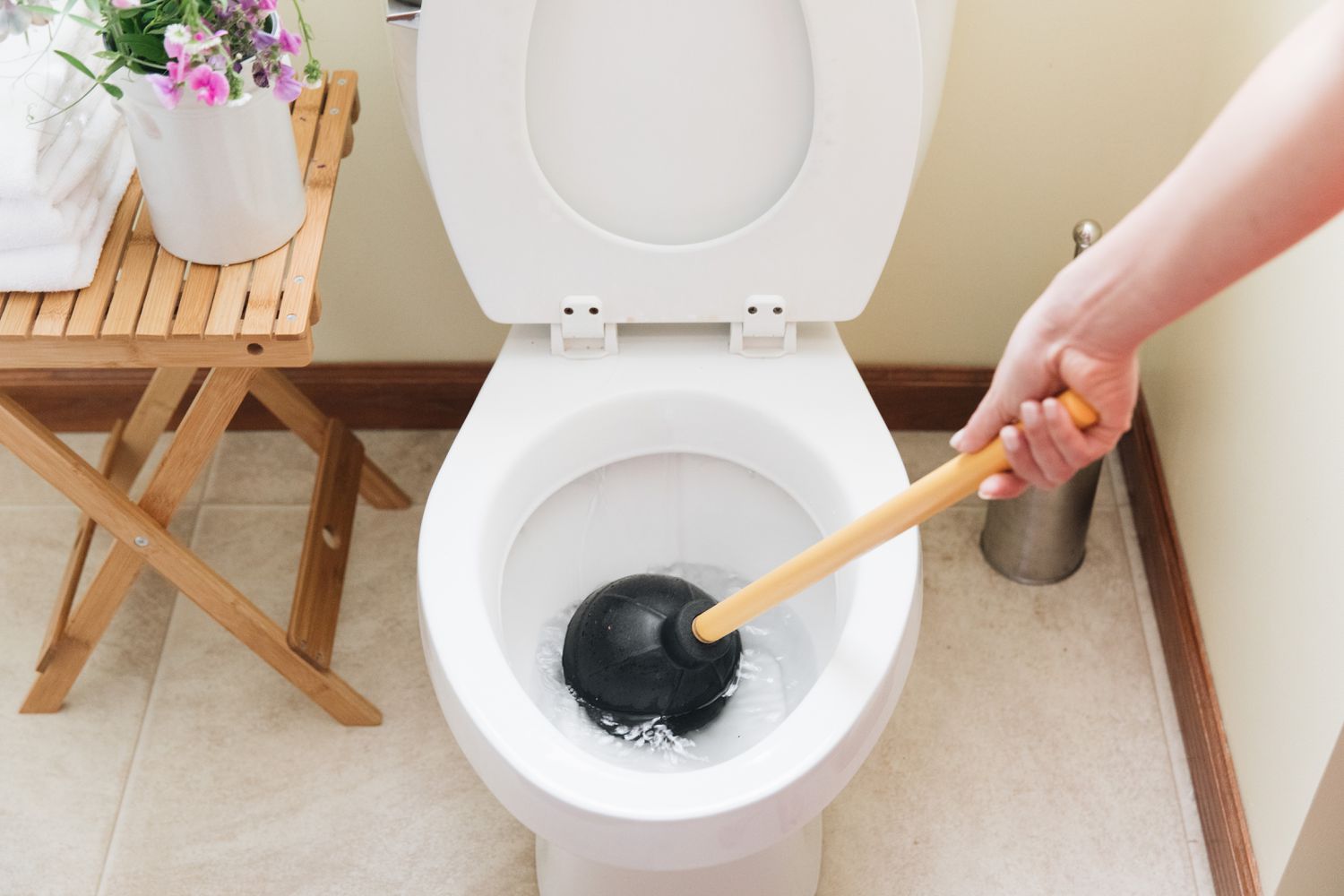
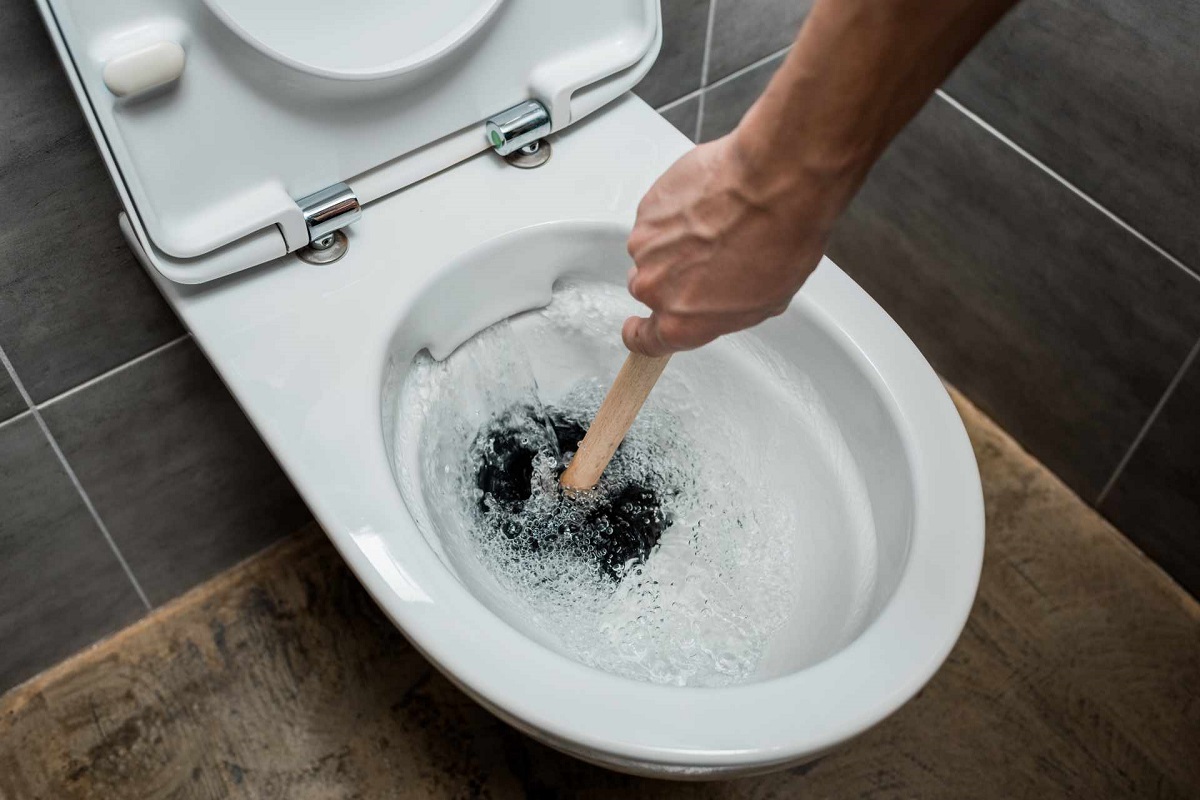
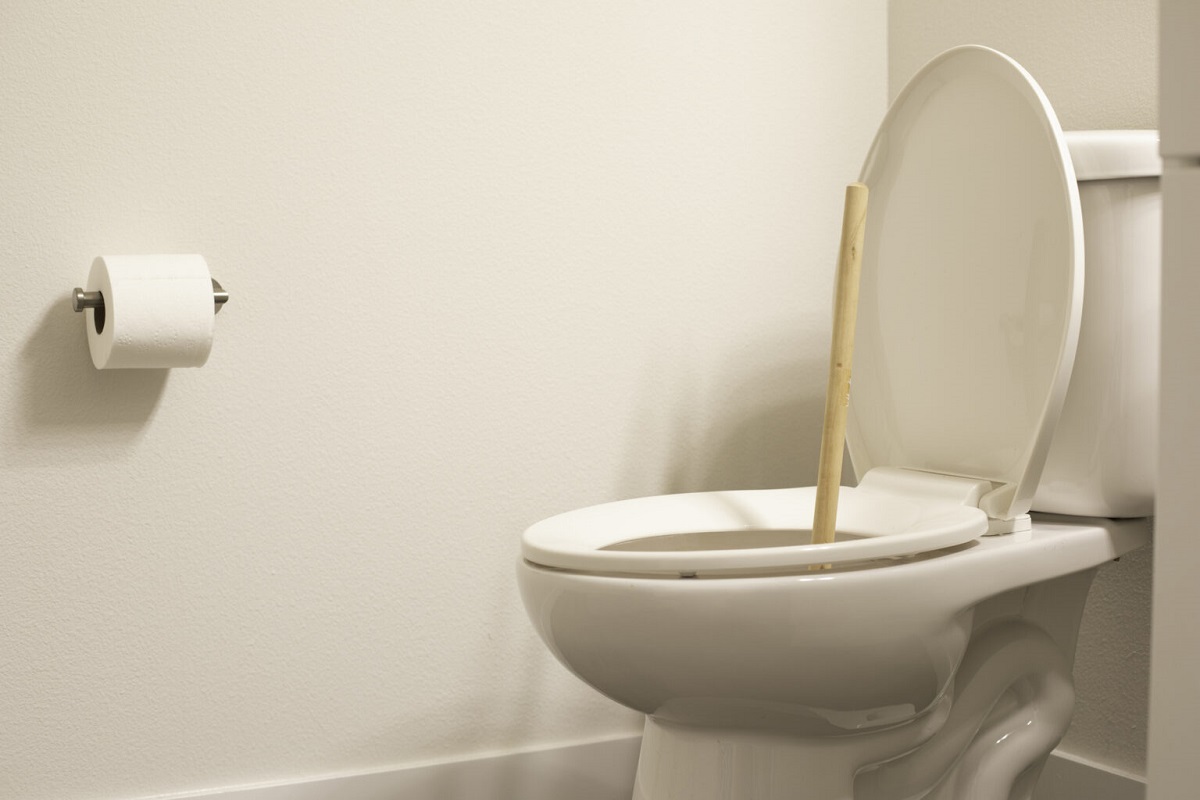
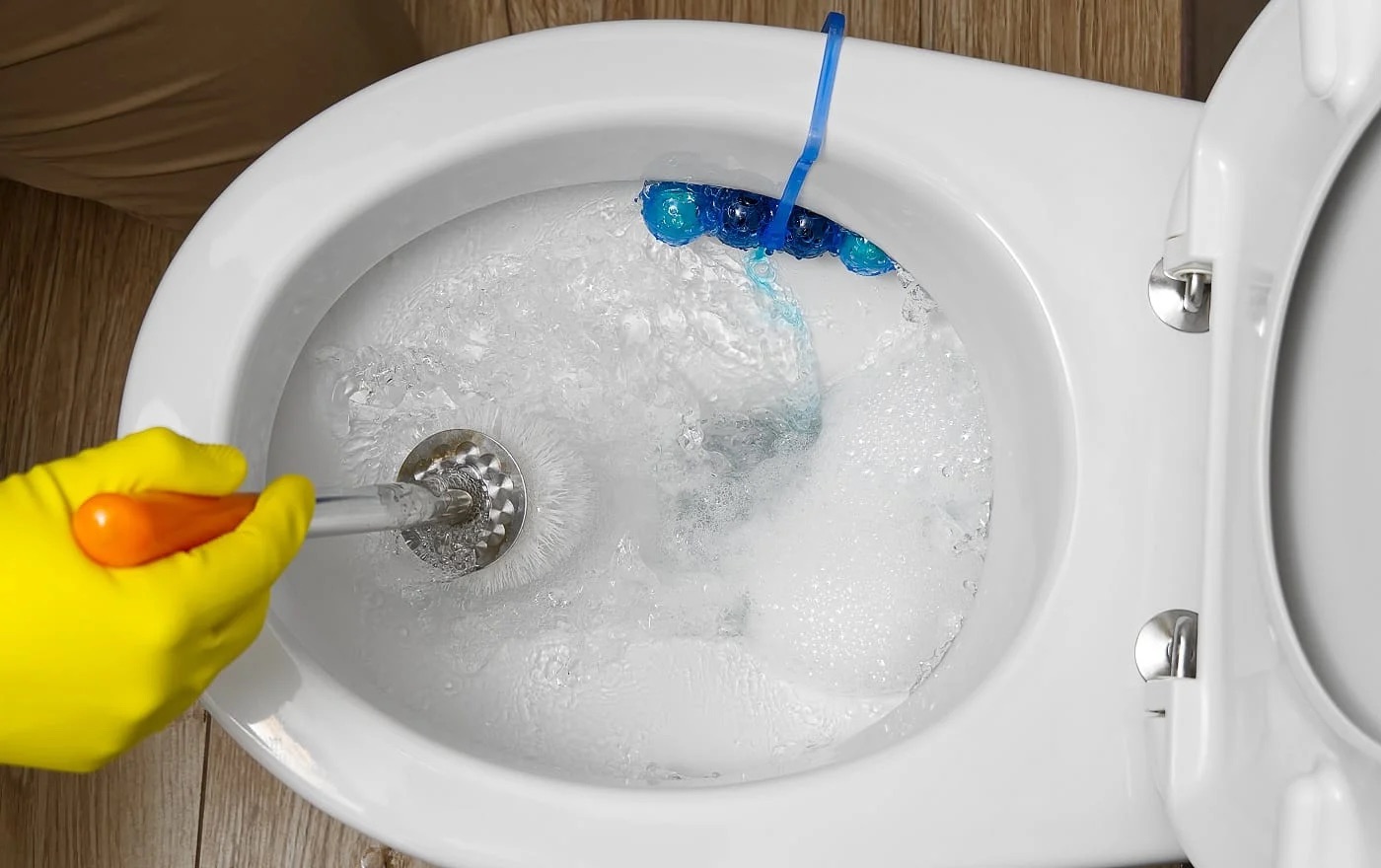
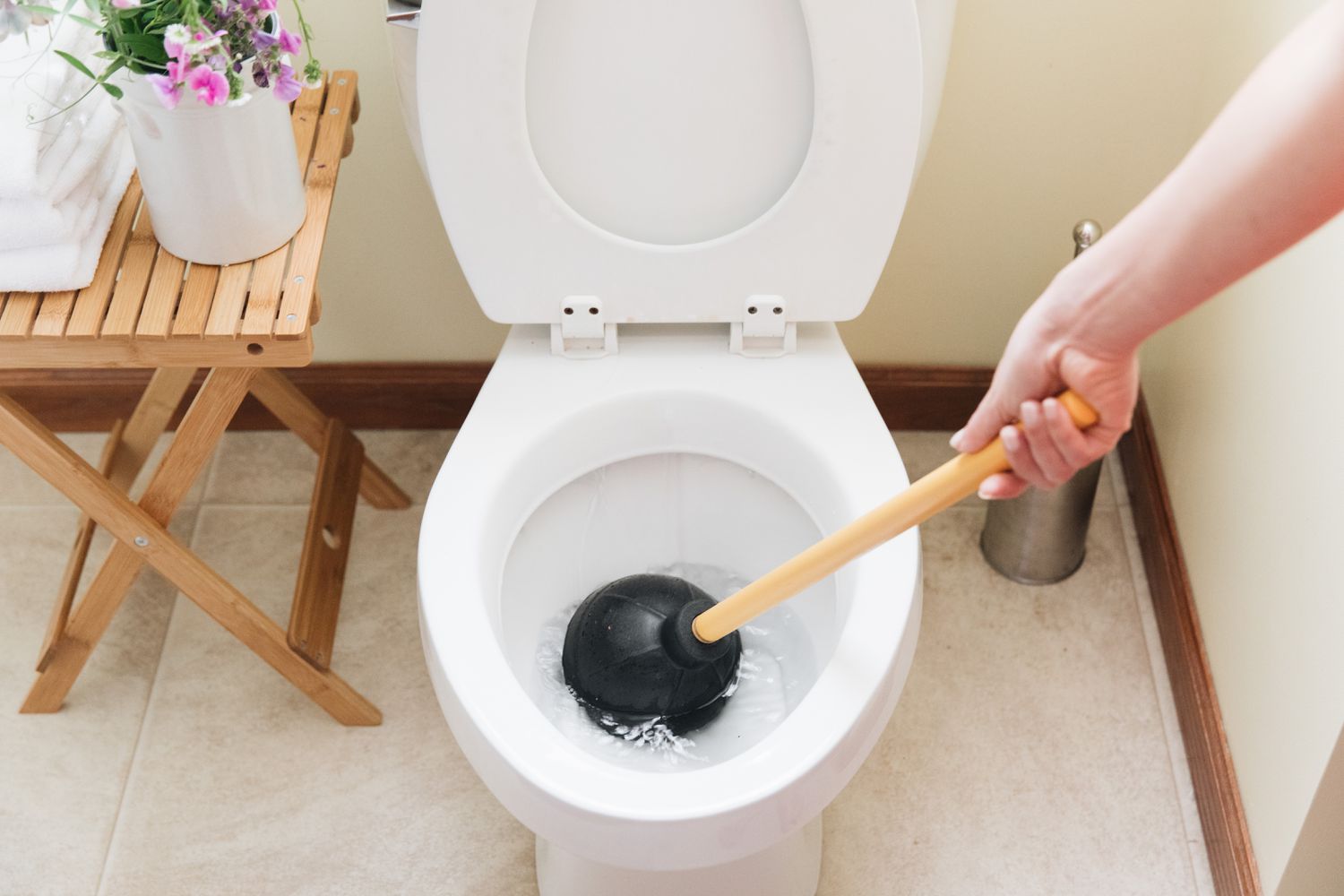
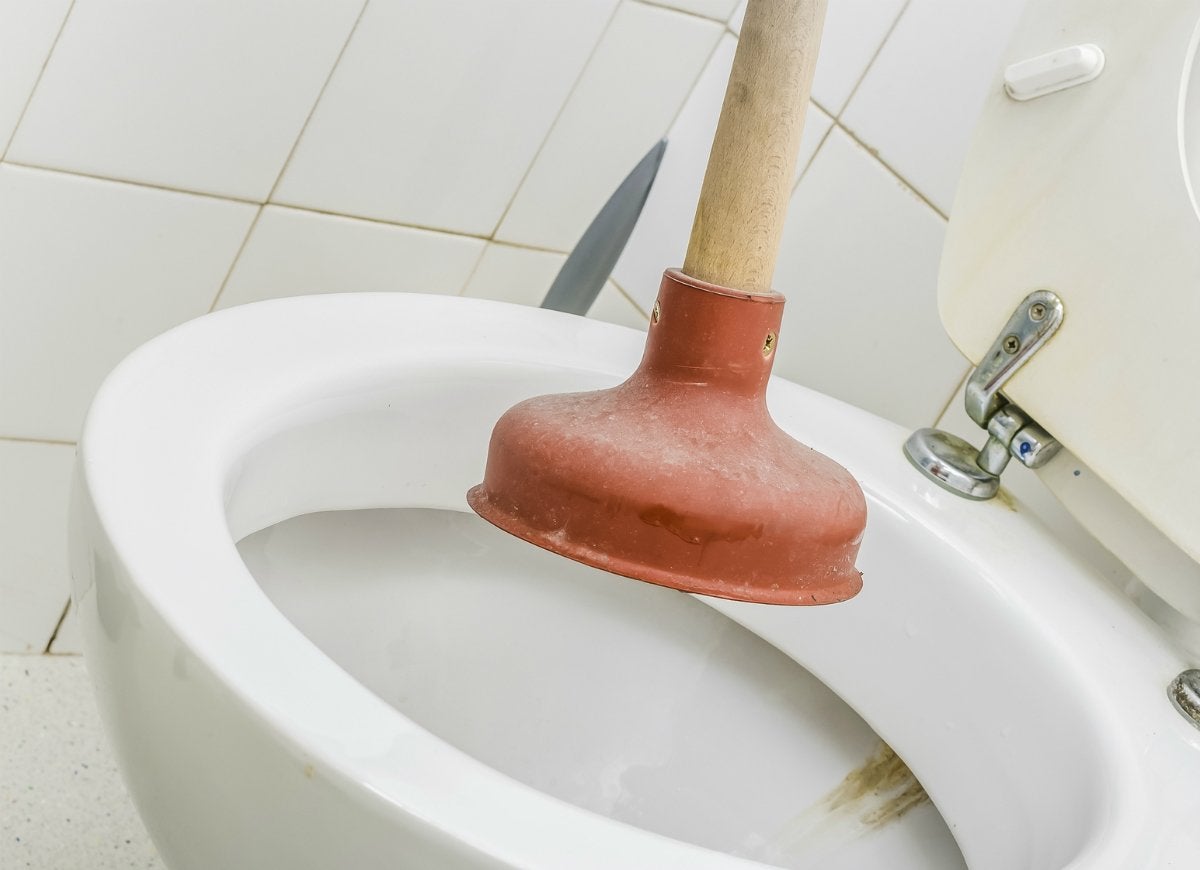
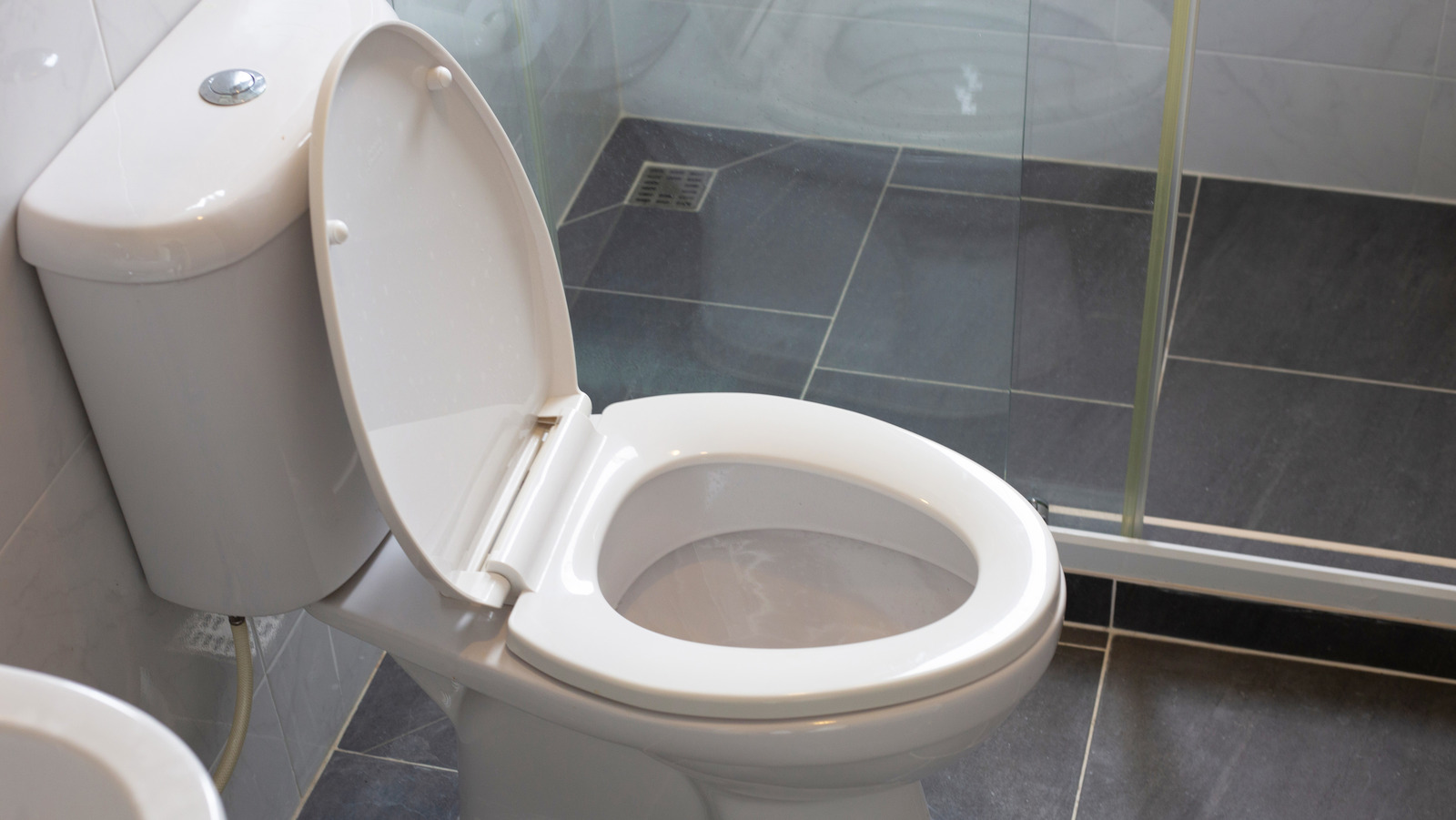
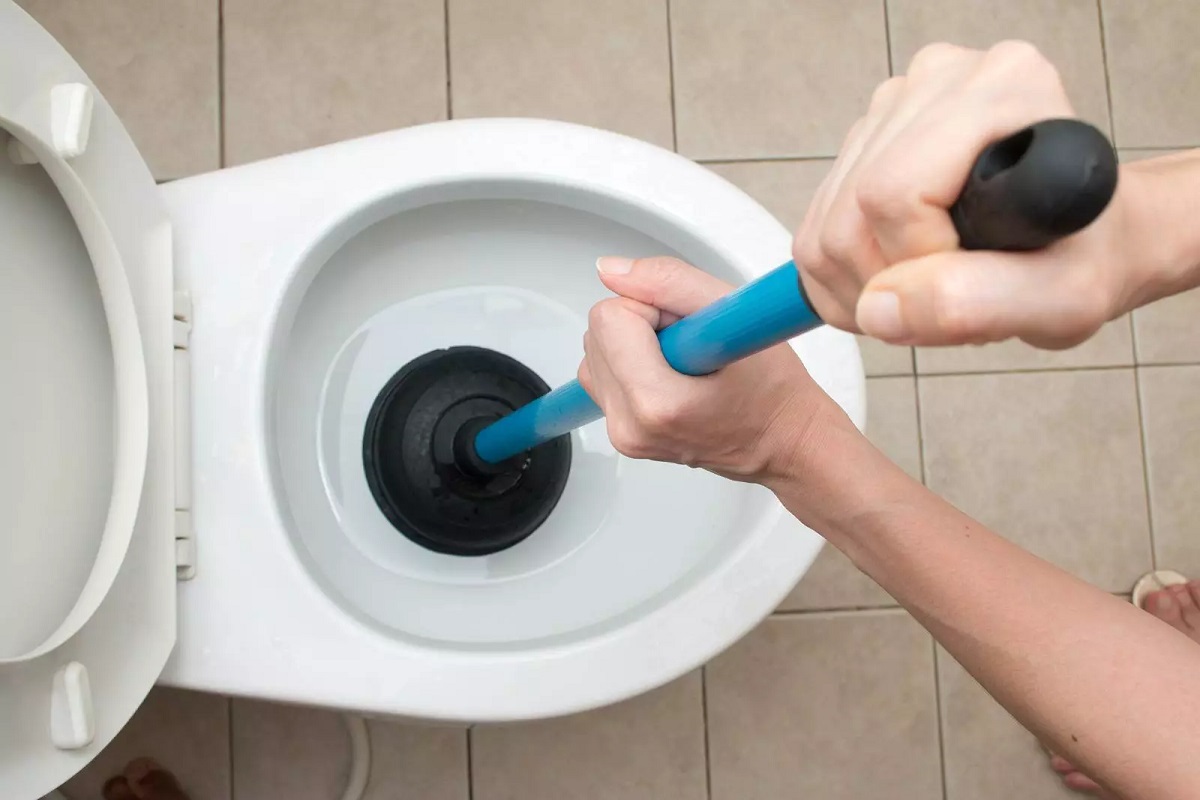
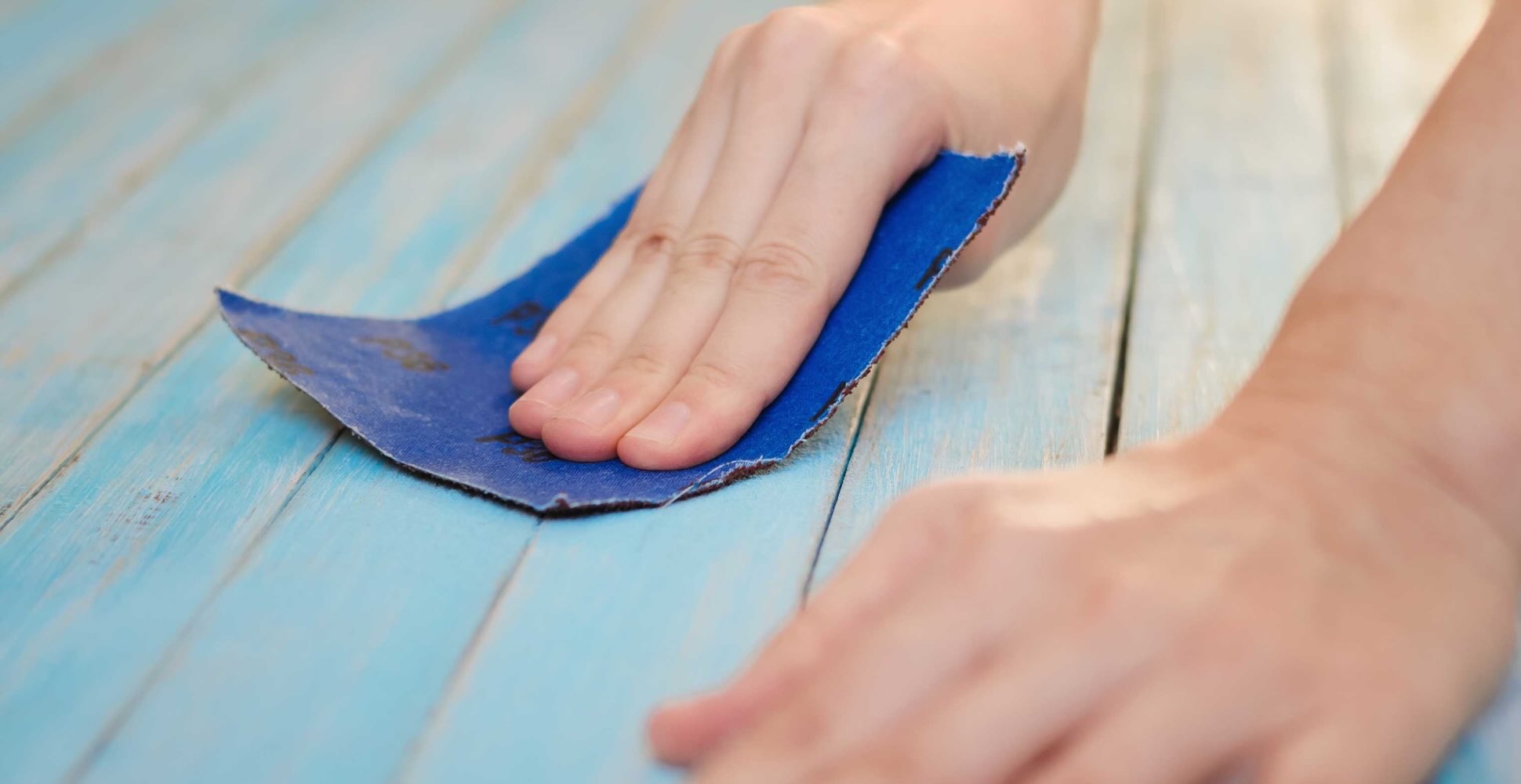
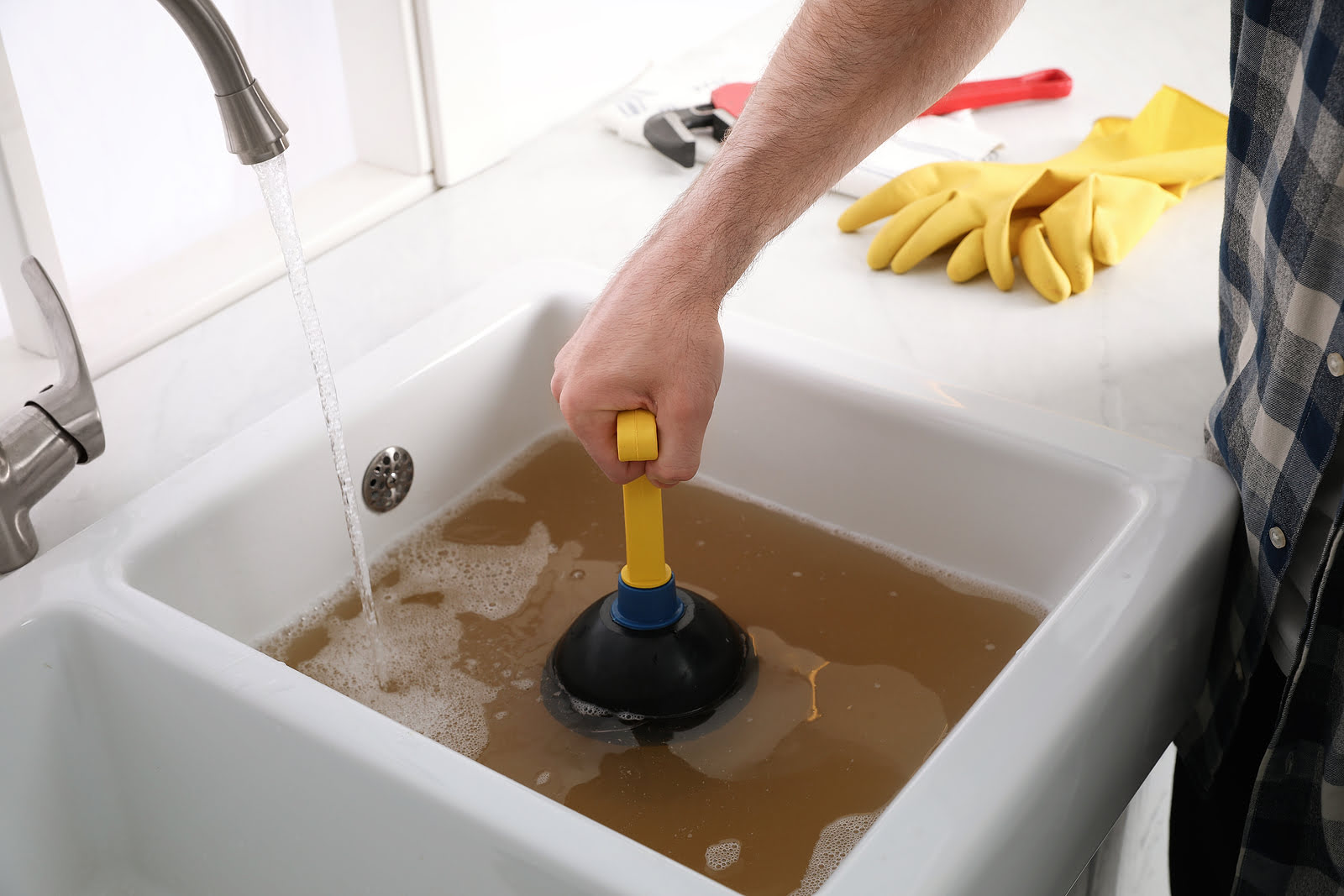

0 thoughts on “How To Clear Clogged Toilet”